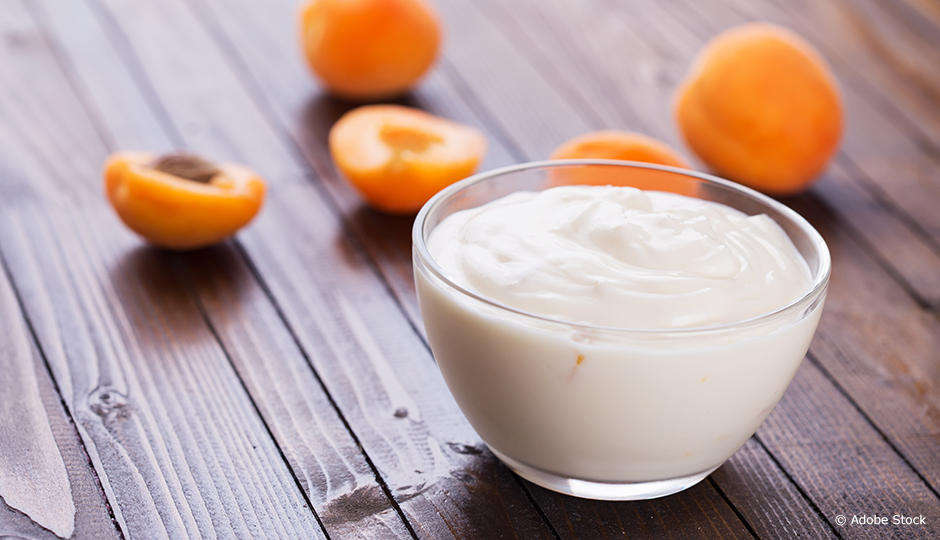Greek yogurt is good for our health, but it is less good for the environment. The exponential increase in the demand for this high-protein product brings its share of challenges. The manufacture of Greek yogurt requires two to three times more milk and consumes more water and energy than traditional yogurt. Moreover, the regular manufacturing process produces a by-product called “acid whey” which is causing headaches for milk processors. Because of its properties and the value of its components, acid whey must be processed before being disposed of. To help dairy processors optimize the use of milk and its various constituents, Yves Pouliot, a researcher in the Department of Food Science at Université Laval, is working on a decision-making tool in collaboration with Polytechnique Montréal’s Interuniversity Research Centre for the Life Cycle of Products, Processes and Services (CIRAIG) and Novalait, a company that supports dairy research in Québec.
The environmental impact of Greek yogurt depends on the way it is produced.
The environmental impact of Greek yogurt depends on the way it is produced. The researchers therefore began by documenting the industrial practices involved in the preparation of the popular dairy product. Some dairy processors filter the milk to concentrate the protein before fermenting it into yogurt; this method minimizes the production of acid whey. Others prefer to filter the yogurt and valorize the by-products. Still others choose to add milk protein before fermentation.
The team of researchers is currently conducting a life cycle assessment of each type of Greek yogurt according to the industrial process used—i.e. their eco-efficiency from the extraction of primary resources to the end of their useful life—in order to quantify their environmental footprint. The results will be input to the decision-making tool, which will help dairy processors choose what products to make and how, based on the predicted environmental impact and associated costs. In short, cultivating ideas for the production of a well-designed yogurt!




